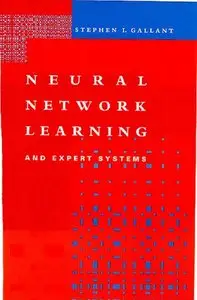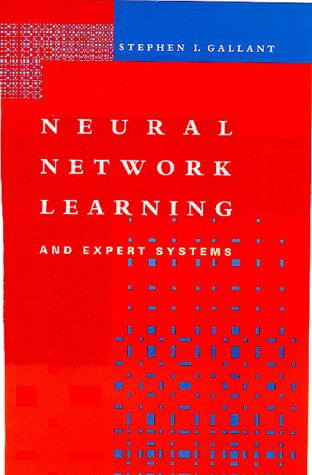Neural Network Learning and Expert Systems By Stephen I. Gallant
1993 | 364 Pages | ISBN: 0262071452 | PDF | 31 MB
1993 | 364 Pages | ISBN: 0262071452 | PDF | 31 MB
Most neural network programs for personal computers simply control a set of fixed, canned network-layer algorithms with pulldown menus. This new tutorial offers hands-on neural network experiments with a different approach. A simple matrix language lets users create their own neural networks and combine networks, and this is the only currently available software permitting combined simulation of neural networks together with other dynamic systems such as robots or physiological models. The enclosed student version of DESIRE/NEUNET differs from the full system only in the size of its data area and includes a screen editor, compiler, color graphics, help screens, and ready-to-run examples. Users can also add their own help screens and interactive menus.The book provides an introduction to neural networks and simulation, a tutorial on the software, and many complete programs including several backpropagation schemes, creeping random search, competitive learning with and without adaptive-resonance function and "conscience," counterpropagation, nonlinear Grossberg-type neurons, Hopfield-type and bidirectional associative memories, predictors, function learning, biological clocks, system identification, and more.In addition, the book introduces a simple, integrated environment for programming, displays, and report preparation. Even differential equations are entered in ordinary mathematical notation. Users need not learn C or LISP to program nonlinear neuron models. To permit truly interactive experiments, the extra-fast compilation is unnoticeable, and simulations execute faster than PC FORTRAN.The nearly 90 illustrations include block diagrams, computer programs, and simulation-output graphs.Granino A. Kom has been a Professor of Electrical Engineering at the University of Arizona and has worked in the aerospace industry for a decade. He is the author of ten other engineering texts and handbooks.



